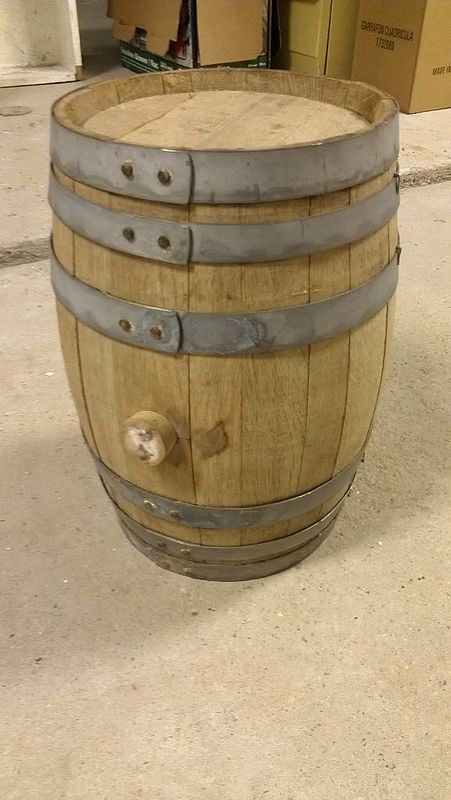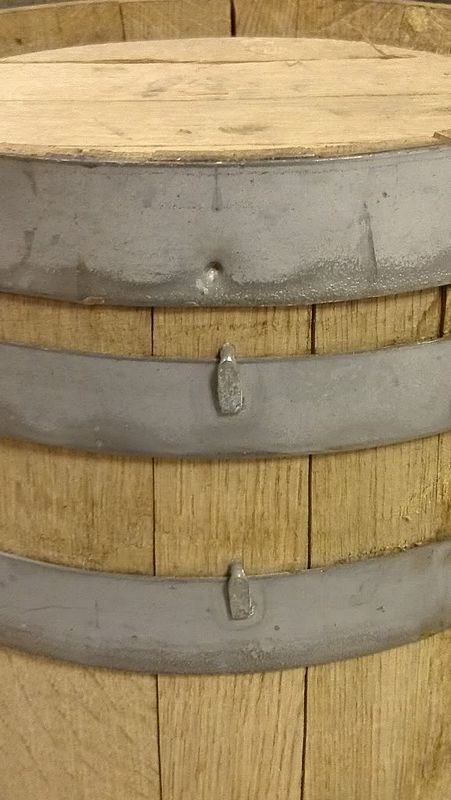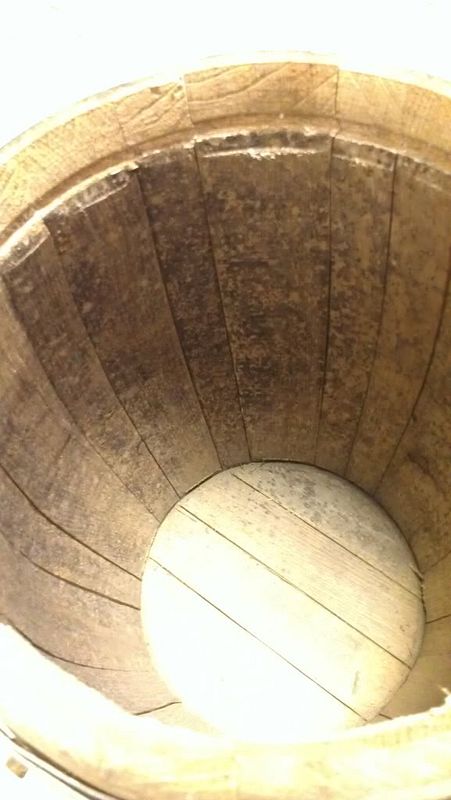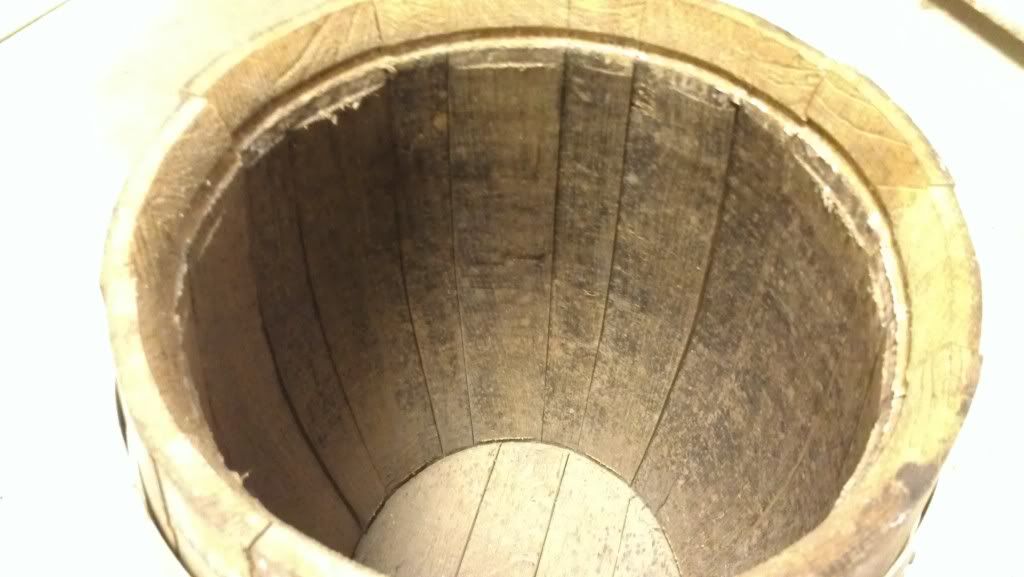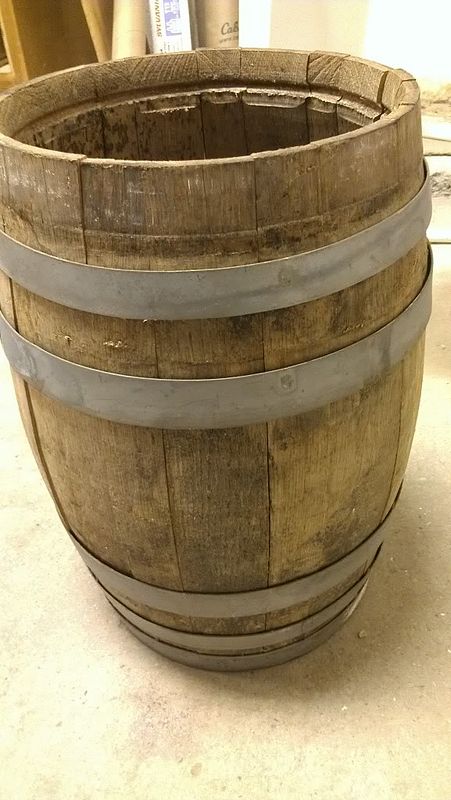My dad bought an untoasted American oak 5 gallon barrel a number of years ago. He used it once, left a Chardonnay in for about a month. It was completely over oaked, still undrinkable after several years in the bottle. It's been sitting in his basement unused since then.
I've got a couple of cheaper red kits going, a cab and a sangiovese, and was considering borrowing it to age them in. Before I start to figure out how to clean/sanitize and get the barrel ready to go, I wanted get the group's opinion/thoughts on if the untoasted barrel is worth it. I saw the untoasted oak chip thread and it appears untoasted oak can be beneficial to the yeast during fermentation but little on aging. Frequent tasting will be required to ensure the oaking doesn't go crazy.
I've got a couple of cheaper red kits going, a cab and a sangiovese, and was considering borrowing it to age them in. Before I start to figure out how to clean/sanitize and get the barrel ready to go, I wanted get the group's opinion/thoughts on if the untoasted barrel is worth it. I saw the untoasted oak chip thread and it appears untoasted oak can be beneficial to the yeast during fermentation but little on aging. Frequent tasting will be required to ensure the oaking doesn't go crazy.
Last edited:





